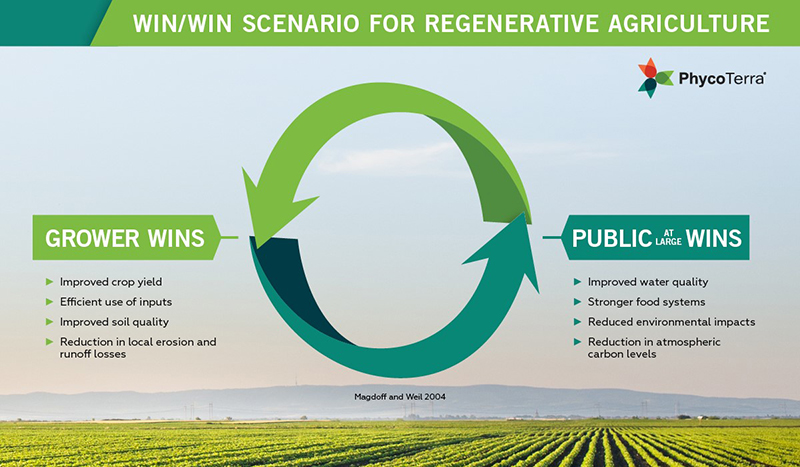Bracing for the Return of Tar Spot: Here’s How to Prepare Ahead of the 2024 Growing Season
The Midwest was dominated by drought in 2023 and corn growers bore the brunt of its impact. Over 90% of land in the top five corn-producing states reported experiencing drought conditions. While the relentless heat offered little relief, a potential for reduced disease pressure was one silver lining. However, the arrival of rain later in the season came with a familiar threat: tar spot.
Tar spot has been wreaking havoc on cornfields in recent years, causing 231.3 million bushels in yield loss in 2021 and 116.8 million bushels in 2022. The disease first appeared in 2015 in Illinois and Indiana but has continued to spread throughout the Midwest and beyond. As of the end of 2023, tar spot has been reported in 19 states.
“Without proper management, tar spot can pose a serious threat to yield. In severe cases, growers can see losses of up to 60 bushels per acre,” says Kim Tutor, BASF technical marketing manager. “The hot and dry conditions of last season helped to delay the first signs of tar spot, so many growers thought they were in the clear. But a small amount of rainfall was all it took for infection rates to spike.”
That’s why it’s not a question of if tar spot will reappear, but rather when. Growers must stay vigilant as it continues to spread. Knowing what symptoms to watch out for is paramount for turning the tide against this yield-robbing disease.
“Tar spot has a 14- to 20-day latent period before visual symptoms appear, so it’s easy for infection to take hold silently,” said Tutor. “If you wait until lesions become visible, you’re leaving your crop vulnerable to early infection. That’s a 2- to 3-week period the disease is actively attacking the plant by depositing toxins and weakening its photosynthetic abilities.”
If you’re in an area where tar spot has been identified, applying a fungicide with strong residual control early can also help get ahead of disease outbreaks.
Fungicides such as Veltyma from BASF can offer broad-spectrum disease control and long-lasting residual activity, making it a powerful weapon in the battle against tar spot. With Veltyma fungicide’s flexible application window, which begins as early as V10, growers can help stop yield-limiting diseases like tar spot before they have time to establish. But ensuring higher yields at harvest goes beyond disease control.
“Disease aside, crops are susceptible to a multitude of stressors throughout the season,” said Tutor. “Selecting a fungicide with proven plant health technology like Veltyma can help to enhance growth efficiency and increase environmental stress tolerance, which is essential in a region prone to unpredictable weather.”
It takes more than luck to produce a healthy, successful corn crop. Taking a proactive approach to disease that includes an early fungicide application can help growers to stay one step ahead of tar spot and see big wins at harvest.





